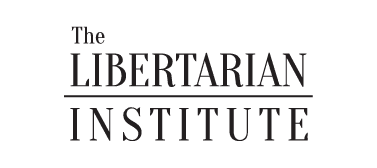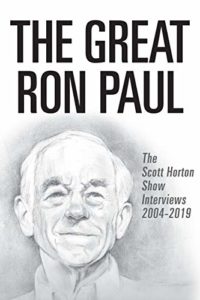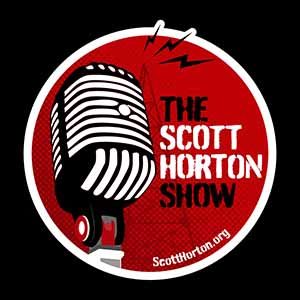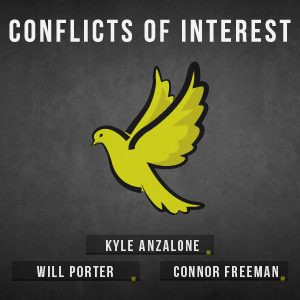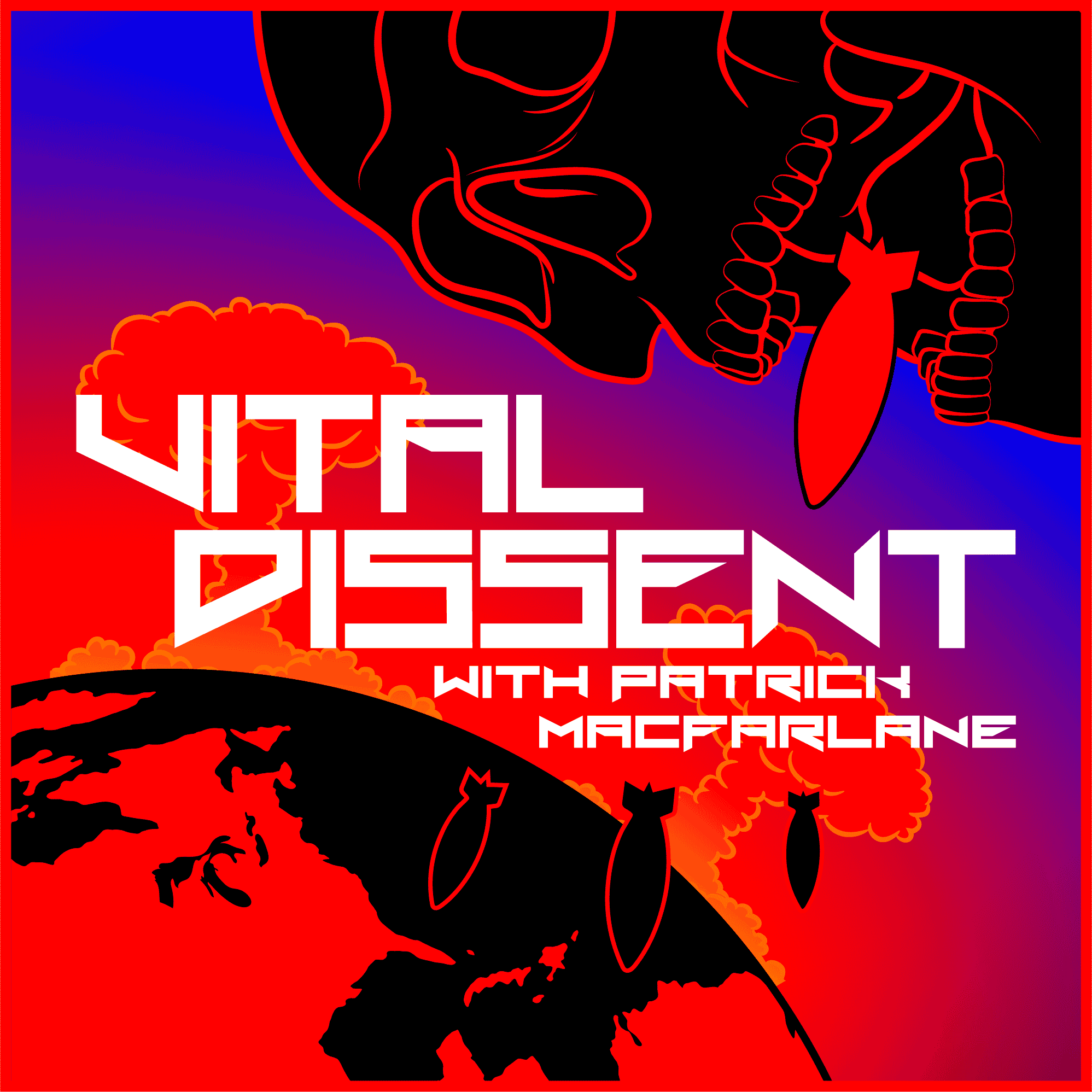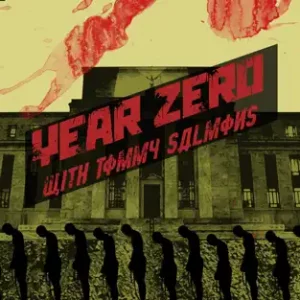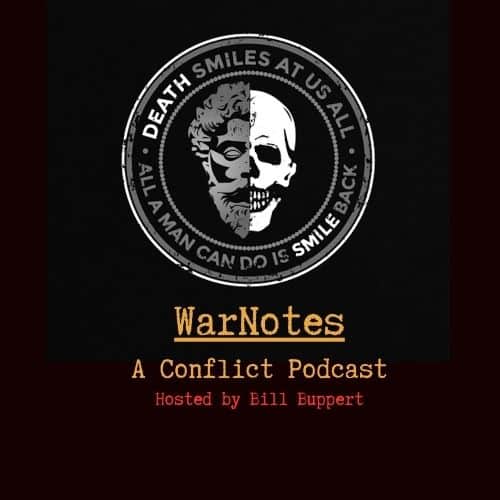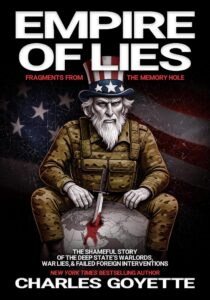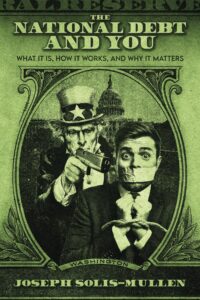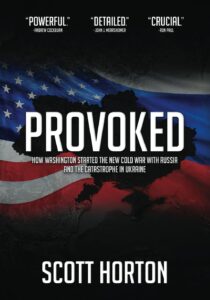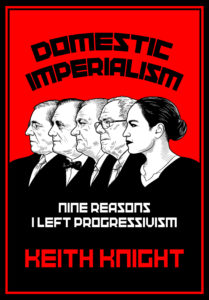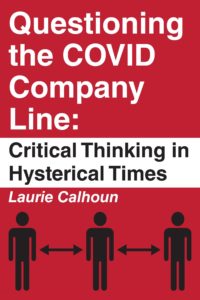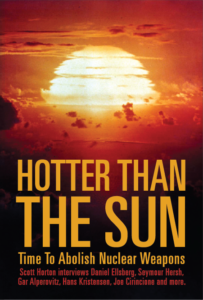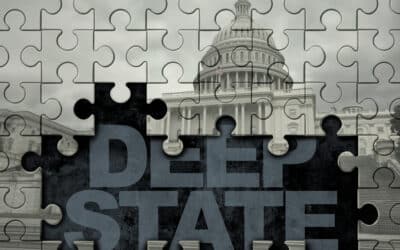While partisan battles dominate headlines, U.S. foreign policy remains strikingly consistent across administrations.
Many realists and non-interventionists were cautiously optimistic about Donald Trump’s second term bringing some modicum of restraint to foreign policy. Thus far, the Trump administration has yet to wrap up the Russo-Ukrainian war, which on the campaign trail he vowed to end in twenty-four hours. Additionally, the Trump administration continues to subsidize and provide diplomatic cover to Israel’s ethnic cleansing of Gaza, saber rattle against Iran, and is pivoting, albeit in a ham-fisted manner, towards China.
What accounts for this persistent pattern in American politics?
Geopolitical analyst Brian Berletic likely has the answer to this dilemma. Berletic’s research reveals that foreign policy is not formulated by elected officials but by think tanks ranging from the Council on Foreign Relations (CFR) to the Heritage Foundation, which are funded by corporate interests. These think tanks create consensus among elites, producing legislative blueprints that Congress rubber stamps with minimal debate.
The interventionist continuity is rooted not in elected leadership but in defense contractor-funded think tanks and corporate networks. This is the uncomfortable reality of American foreign policy that political observers are gradually coming to grips with. It also explains the enduring “continuity of agenda” that administrations—be they Republican or Democratic—pursue on the world stage.
These think tanks draft geopolitical strategies long before presidents sign them into law, embedding hawkish agendas toward Russia, China, and Iran into policy blueprints that transcend party lines.
This process explains why Trump, despite his “America First” rhetoric, provided Ukraine with lethal military aid and expanded drone strikes in Somalia in his first term. Even in the present, Trump is continuing to let security assistance and intelligence flow to Ukraine, despite previous promises to end the conflict in a timely fashion.
Trump’s current policies vis-a-vis Russia align with the interests of highly influential, unelected entities such as major corporations, financial institutions, and arms manufacturers. These actors are largely responsible for bankrolling policy papers from institutions like the RAND Corporation, which penned a paper in 2019 entitled “Extending Russia.” In this policy paper, RAND scholars called for several policies such as providing military aid to Ukraine, expanding and strengthening sanctions that target Russia’s financial, energy, and defense sectors.
In many respects, the Trump administration is pursuing these policies or is entertaining the use of these policies. As a matter of fact, the Trump administration has been enthusiastic about pushing for a ceasefire in Ukraine, while looking for ways to shore up Ukraine’s military and prepare Europe to ratchet up its involvement in the proxy war against Russia, so that the United States can focus on confronting China in the Indo-Pacific region.
Defense Secretary Pete Hegseth argued that “the stark strategic realities” of Chinese military expansion and domestic border security challenges necessitate a U.S. focus on the Indo-Pacific, requiring Europe to take the lead in providing its own defense.
The Heritage Foundation’s 2024 report “The Pacific Pivot: An American Strategy for the Pacific Islands” further exemplified how corporate-funded think tanks drive bipartisan consensus on China. The paper proposed a comprehensive U.S. strategy for the Pacific Islands centered on advancing U.S. hegemony through the forging of long-term partnerships with Pacific Island nations.
Key strategies include prioritizing geopolitical competition with China to secure access to international waterways, enhancing regional security through partnerships like AUKUS and the Quad alliances, and leveraging the Compact of Free Association (COFA) agreements for defense and economic cooperation. Above all, the report calls for better alignment of U.S. foreign assistance with Indo-Pacific priorities, expanded Coast Guard operations, and deeper collaboration with countries such as Australia, New Zealand, Japan, and India to balance against China.
Although the Trump administration has not fully shifted its focus to Asia, it has maintained its first-term strategy of engaging in a trade war with China. Further, the Trump administration was able to get Vietnam to authorize Starlink operations and purchase F-16 jets in an attempt to get the Southeast nation out of China’s orbit.
The Trump administration’s Iran policy also serves as a clear illustration of how think tank policy reports, such as the Brookings Institute “Which Path to Persia?,” can disproportionately shape U.S. foreign policy—a testament to the disproportionate influence these reports can wield on government decision-making. This paper, authored in 2009, explored various strategies for U.S. foreign policy toward Iran. It outlined nine options grouped into four categories: diplomatic approaches (persuasion and engagement), military options (invasion, airstrikes, and Israeli-led strikes), regime change strategies (popular revolution, insurgency, and coups), and containment.
Under the Trump administration, U.S. foreign policy toward Iran reflected several of these recommendations. In Trump’s first term, he pursued a “maximum pressure” campaign, combining economic sanctions (a key element of containment) with diplomatic isolation to weaken Iran’s economy and limit its regional influence. It also supported regime change indirectly by amplifying internal dissent through sanctions and public rhetoric against the Iranian regime.
The Trump administration’s withdrawal from the Iran nuclear deal (JCPOA) aligned with the report’s skepticism about diplomatic engagement, while its targeted killing of Islamic Revolutionary Guard Corps Commander Qassem Soleimani in 2020 demonstrated a willingness to selectively use military force. The Trump administration’s renewed efforts to negotiate a nuclear deal with Iran demonstrate a willingness to pursue the diplomatic option outlined in the report. However, it remains uncertain whether these diplomatic initiatives will result in a successful agreement.
The unbroken continuity from President Barack Obama’s “pivot to Asia” to Trump’s tariffs highlights a stark reality: U.S. foreign policy is authored in think tank boardrooms, not the Oval Office. Until voters start monitoring think tank white papers as closely as debate night zingers, U.S. foreign policy will remain a play written by and for the unelected.
